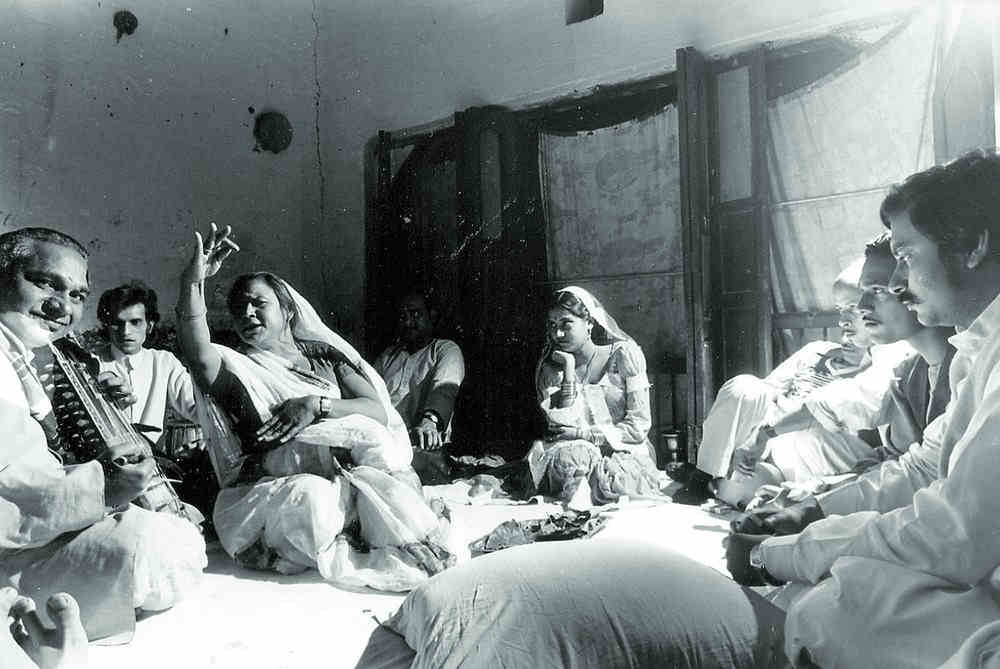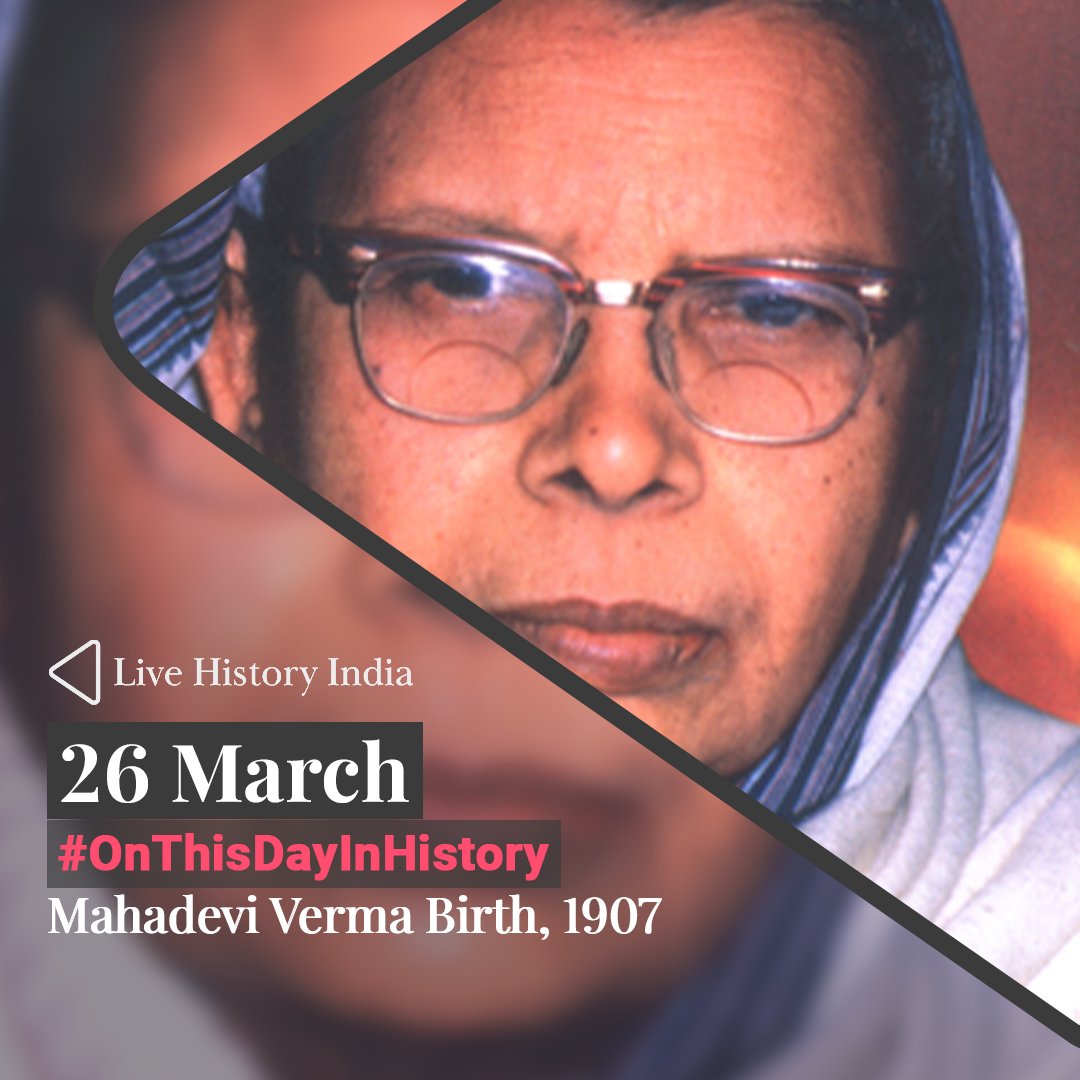
What' the link between Lahore’s oldest red-light district and two of the subcontinent’s greatest Emperors? It’s hard to imagine today but till 250 years ago, Heera Mandi was a royal neighbourhood and a hub of culture & the performing arts. Come, follow its twists and turns. 1/8 

#Lahore was the capital of #Mughal Emperor Akbar in the 16th century, and what later became a bazaar was set up to house the attendants and servants of the royal court. It was called Shahi Mohalla or Royal Neighbourhood. 2/8 

Soon, it began to throb to the rhythm, music & dance performances of tawaifs, or professional entertainers of the royal court, and mujra performances. This culture flourished and Shahi Mohalla produced names such as Noor Jahan, Khurshid Begum & Mumtaz Shanti, among others. 3/8
Things took a dark turn in the mid-18th century, when invasions from Iran’s Nader Shah and later the Afghans weakened Mughal rule in #Punjab, and the royal patronage of the tawaifs ended. The first brothels began to appear in Lahore. Shahi Mohalla wasn't spared. 4/8
Then, another twist. In the early 19th century, Maharaja Ranjit Singh became Emperor of Punjab, which then included Lahore, and the tawaifs of Shahi Mohalla began to find patronage under the new Sikh dispensation. 5/8 

But after Ranjit Singh's death in 1839, Hira Singh Dogra, the Prime Minister of the Sikh Empire, turned Shahi Mohalla into a grain market. It was named after him – Heera Mandi. Some say ‘heera’, or diamond, referred to the beautiful women in Shahi Mohalla. 6/8
The royal patronage of the tawaifs under the Sikh Empire didn’t last long and in the mid19thcentury,the British East India Company took over the region.Having lost their livelihood,many tawaifs became sex workers for British soldiers stationed in the OldCity’s cantonment area.7/8
Later, attempts to rid Heera Mandi of sex workers failed. Traces of its royal past still peep out of the shadows but, sadly, it has gone from being a vibrant hub of culture and a symbol of royalty, to Lahore’s oldest sex market. Full story here:
livehistoryindia.com/story/religiou…
livehistoryindia.com/story/religiou…
• • •
Missing some Tweet in this thread? You can try to
force a refresh












